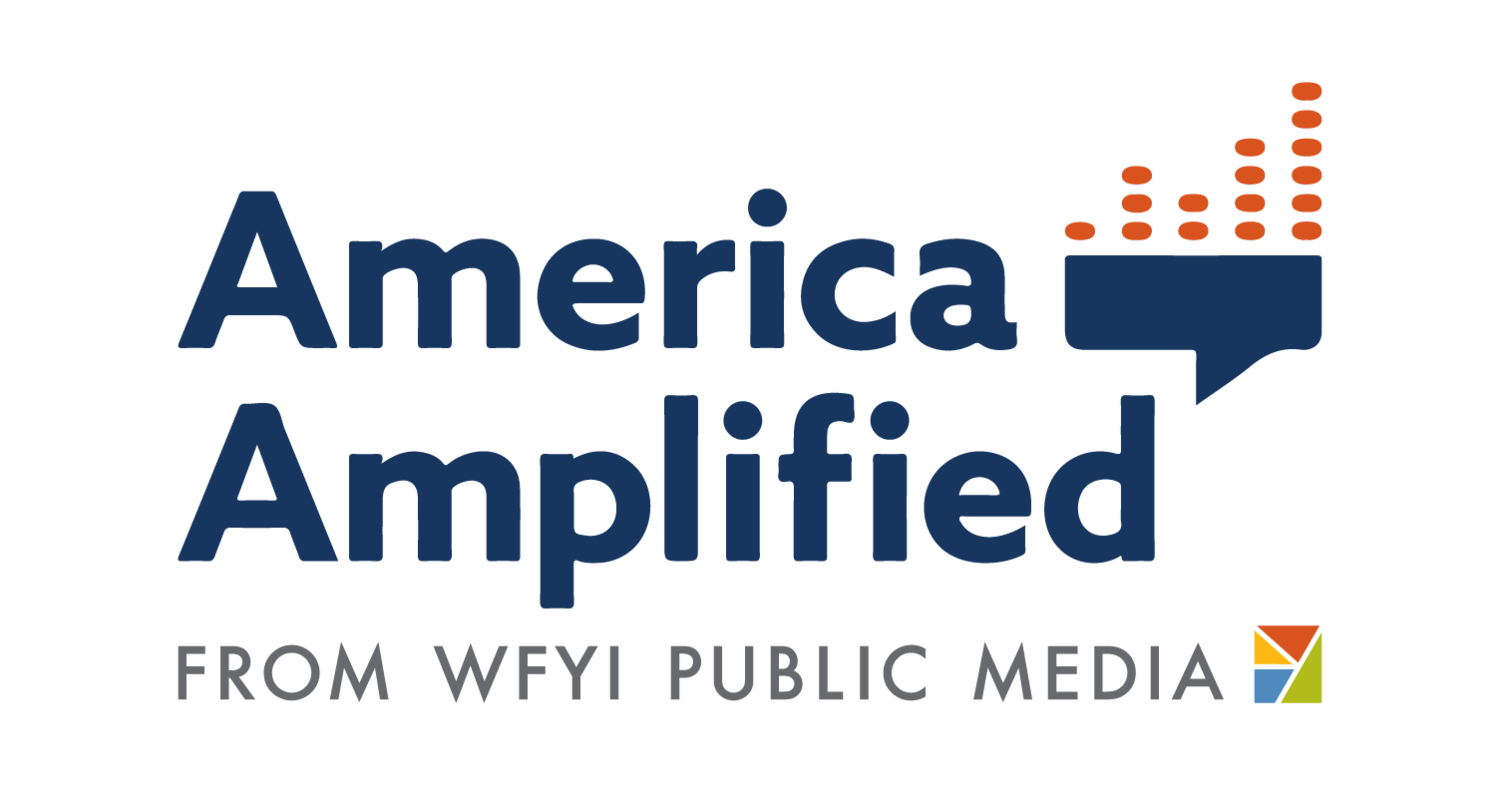If you want to launch a Spanish language show, see these lessons from New Hampshire Public Radio
In 2020, New Hampshire Public Radio launched a concerted effort to meet the information needs of the state’s Spanish-speaking audience. The effort led by reporter Daniela Allee resulted in a daily newscast, translated into Spanish, that’s gaining audience via WhatsApp.
Allee is host of NHPR’s “¿Qué Hay de Nuevo, New Hampshire?” She says that when engaging a new community, “be humble – accept the critiques that come your way. Listen. You’re not the expert in that community or that neighborhood — it’s a learning process.”
A news desert for Spanish speakers
New Hampshire is often labeled one of the whitest in the nation — the 2010 Census showed that just about 4 percent of its 1.3 million residents speak Spanish. The 2020 census is expected to see growth for both Spanish speakers as well as for other people of color in the state.
But numbers weren’t the drivers of this effort.
“As a public radio station our mission is to serve the public. So, if we are only thinking of the public in New Hampshire as majority white, majority English speakers then… then I don’t think we’re really serving the whole public,” Allee explained. “So, to me, it’s a matter of actually living up to the mission of public radio.”
RESOURCE: Lessons from NHPR’s WhatsApp project
Allee was hired at NHPR to cover the western part of the state. As a child of immigrants from Columbia, Allee was also personally interested in how the state’s Spanish-speaking community gets its information.
Turns out, New Hampshire is a news desert for Spanish speakers. A free Spanish language paper based in neighboring Massachusetts recently stopped publishing. Boston media provided occasional news. In the middle of a pandemic and with an important election looming, this wasn’t enough.
Don’t assume you know what’s needed
NHPR had some experience. For the 2018 election, the station created a voter guide in Spanish for the first time -- a critical service because the state’s election laws do not require it to provide ballots in various languages. This guide was the beginning of the station’s efforts to engage the state’s Spanish-speaking community.
In early 2020, Allee said leadership at NHPR expanded the effort by asking the question: “What do people need to know now and how might that information be useful to their decision making.”
“It was just part of the mentality from the very beginning – go directly to the people who would be using this rather than just trying to assume what would be the best way to get it done,” Allee said.
Covering immigrant communities is not Allee’s beat. But because of her interest and her connections, doors were opened. Being a Spanish speaker with immigrant parents helped people relate to her.
She began by calling churches holding Spanish-language mass as well as bakeries and restaurants owned by Latin American immigrants. Allee also found sources from colleagues who had done previous stories in the community.
She created a list of about 15 to 20 community leaders and members who would meet with her twice a month to talk about what’s happening in the community and to review NHPR reporting. She said this was important to creating trust with a community who didn’t have a relationship with the station.
Meeting the audience where they are: on WhatsApp
On April 30, 2020, the first episode of “¿Qué Hay de Nuevo, New Hampshire?” went live.
“The first day that this went on the air, we published, it was like ‘wow, it finally feels like I’m doing something that has a tangible purpose for people,’” said Allee.
Allee realized one platform could help boost their efforts: WhatsApp. The messenger app, which has about 68 million users in the U.S., allows for voice and video calls as well as text, video and photo sharing. It is widely used by the Spanish-speaking community.
“Whenever I talk to the sources I have in the community, it's through WhatsApp. That’s what I use to talk with my family,” said Allee. “It’s a platform people are already familiar with so rather than trying to get people to come to the NHPR website to listen, we’ll just send it to them and they can listen at their leisure. They understand the app, they are familiar with it, they can forward it along to their friends and family.”
The show audio is also posted on the station’s website as well as its Facebook page.
Picking up sponsors
“¿Qué Hay de Nuevo” began with grant funding. In June, it picked up two sponsors — an immigration law firm and a local college.
“From a marketing perspective people understand that the Latino population is growing and that’s something that they want to reach and market to,” Allee said. “There’s awareness and I’m pleasantly surprised that we have two underwriters for a show that is only three months old.”
Doing engagement around and producing a weekday program could be Allee’s full-time job. It’s not. She has to balance it with her regional reporting duties. Allee soon realized the show needed extra help and brought on a part-time producer Maria Aguirre.
“And that's how we have our amazing producer Maria, a grad student at Northeastern, currently living in Ecuador,” explained Allee. “It takes about two-and-a-half to three hours to put this newscast together every day. She does 85% of the work. I just edit the script, voice it and listen to the mix. She does the translating, audio editing and mixing, and then someone else on staff sends out the message via WhatsApp. If it were just up to one person I think it would take up to 4 hours a day.”
Be transparent, own up to criticism
For newsrooms wanting to engage with new communities, Allee said there are several things to consider. Recognizing that mistakes may have been made in the past is an important first step.
In preliminary conversations with the community she heard criticism.
“You guys just want to talk to us when suddenly Latinos are in vogue or something bad has happened - and I think that is a very fair criticism, in particular around election time,” she said. “So, we recognize that and just kind of own up to it. And this is why we think it's important to be meeting with you consistently so that we’re not just showing up when it's a bad moment or when we have decided that you are now finally a priority for our coverage.”
Allee said she’d like to see the show, and NHPR reporting in general, broaden its scope when covering Latino communities, and do stories that showcase the full range of people's lives.
“Sometimes the focus can be pretty heavily on immigration or challenges of living here as an undocumented person, which are all important stories to tell, but it feels like that’s the overarching narrative of being a Latino in this country,” she said. “I would love to have stories about everyday life in this community… and that we get to see and hear from people in their full complexity as a person and not just from their ethnic or racial identity that they have to speak to every time they talk to a journalist.”


